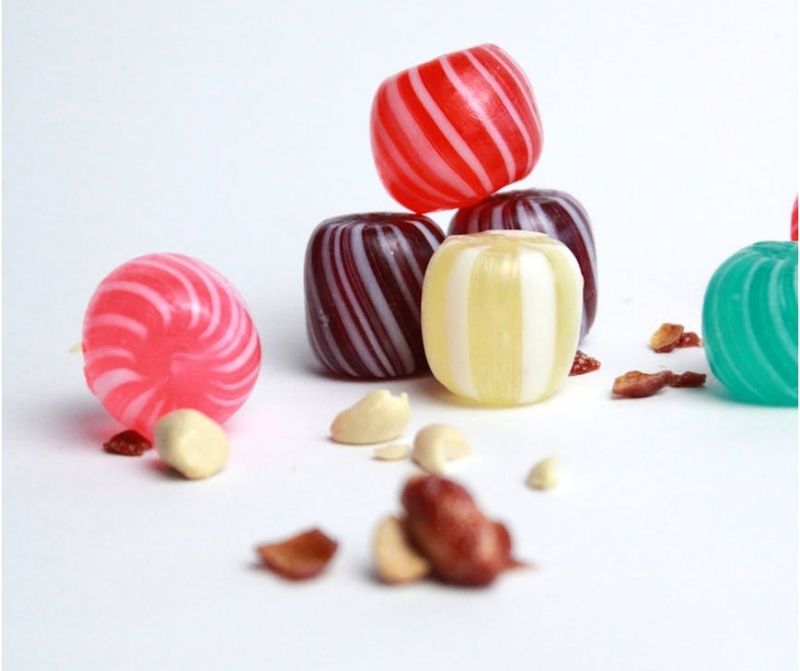
During World War II, feeding millions of soldiers required food innovation on an unprecedented scale. Military nutritionists had to create portable, durable foods that could withstand extreme conditions while providing energy to troops. What’s surprising is how many of these wartime solutions evolved into beloved snacks we still enjoy today.
1. Hard Candy

Tucked into every soldier’s pocket during WWII, hard candies provided quick energy and a momentary escape from war’s harsh realities. These durable sweets wouldn’t melt, crush, or spoil in extreme conditions.
Military planners discovered that something as simple as a lemon drop or peppermint could significantly boost troop morale. The psychological benefit was considered almost as important as the caloric value.
After the war, candy companies expanded these basic recipes into the vast array of hard candies we enjoy today, though few consumers realize they’re enjoying a treat perfected for combat conditions.
2. Chewing Gum
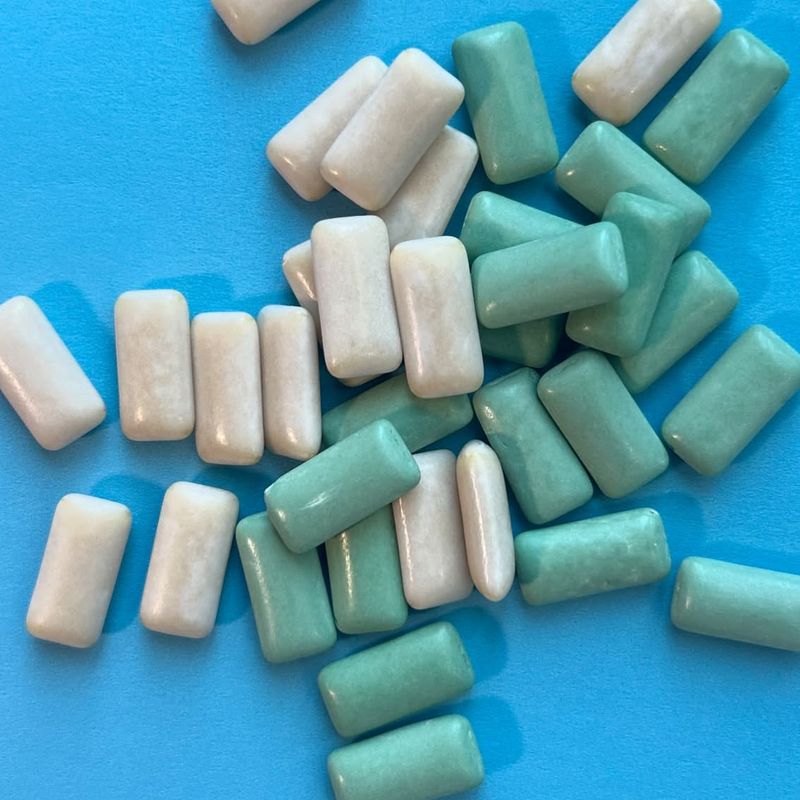
Every WWII soldier’s ration kit contained sticks of gum – not just as a treat, but as a practical tool. Military psychologists found chewing helped reduce tension during combat stress while alleviating thirst when water was scarce.
Wrigley’s devoted their entire production to the war effort, removing their civilian products from store shelves to ensure soldiers received plenty. The simple act of chewing something familiar provided comfort in unfamiliar territory.
When peace returned, gum companies leveraged their military reputation for reliability into massive civilian market growth, creating the multi-billion dollar industry we know today.
3. Pecan Rolls
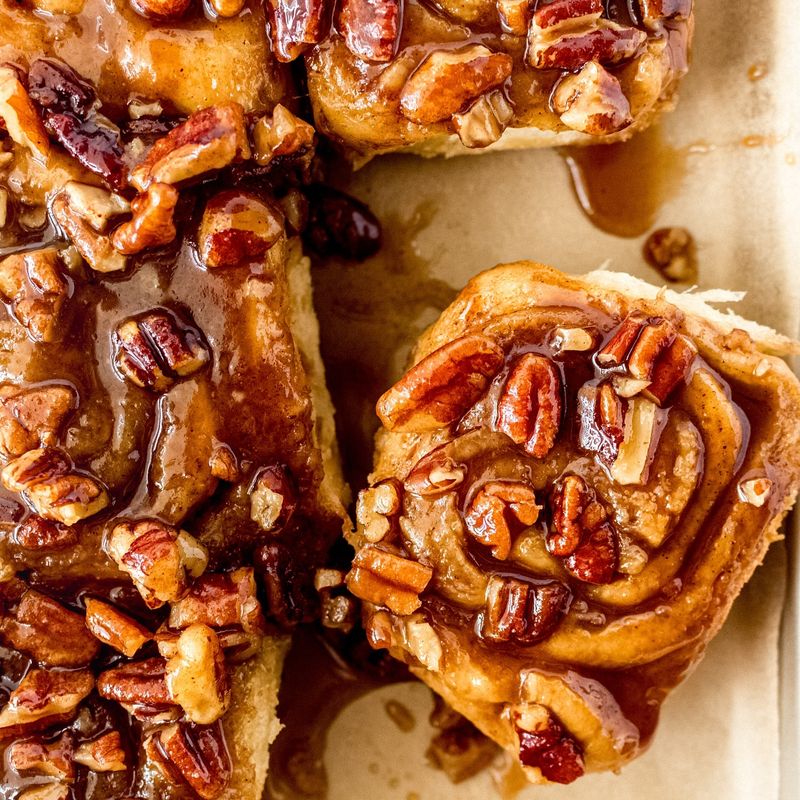
Soldiers needed portable, high-calorie foods that wouldn’t spoil. The military’s answer? Pecan rolls – dense, sweet cylinders packed with nuts and sugar that delivered quick energy on the battlefield.
After the war, returning veterans craved these familiar treats, prompting candy companies to create civilian versions. The military-grade hardiness gave way to softer, more indulgent recipes.
Today’s gooey, caramel-covered pecan rolls bear little resemblance to their utilitarian ancestors, but they share the same satisfying combination of nuts and sweetness that kept troops going.
4. Peanut Butter
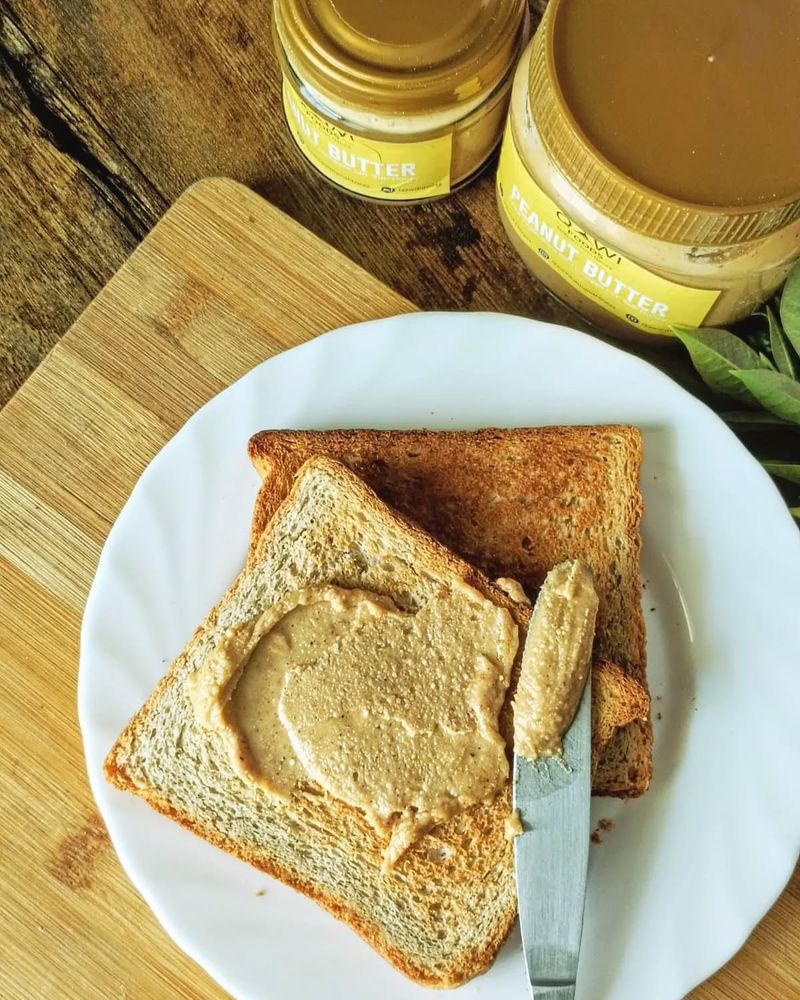
Before becoming a lunchbox staple, peanut butter served as crucial military ration protein. The U.S. government bought every available pound during WWII, making it a cornerstone of soldiers’ diets when meat was scarce.
Military nutritionists valued its high protein, long shelf life, and no-refrigeration-needed practicality. Troops spread it on crackers or ate it straight from the jar for quick energy.
When soldiers returned home, they brought their peanut butter habit with them. Food companies responded by improving texture and taste, creating the creamy spread millions now consider a pantry essential.
5. M&M’s
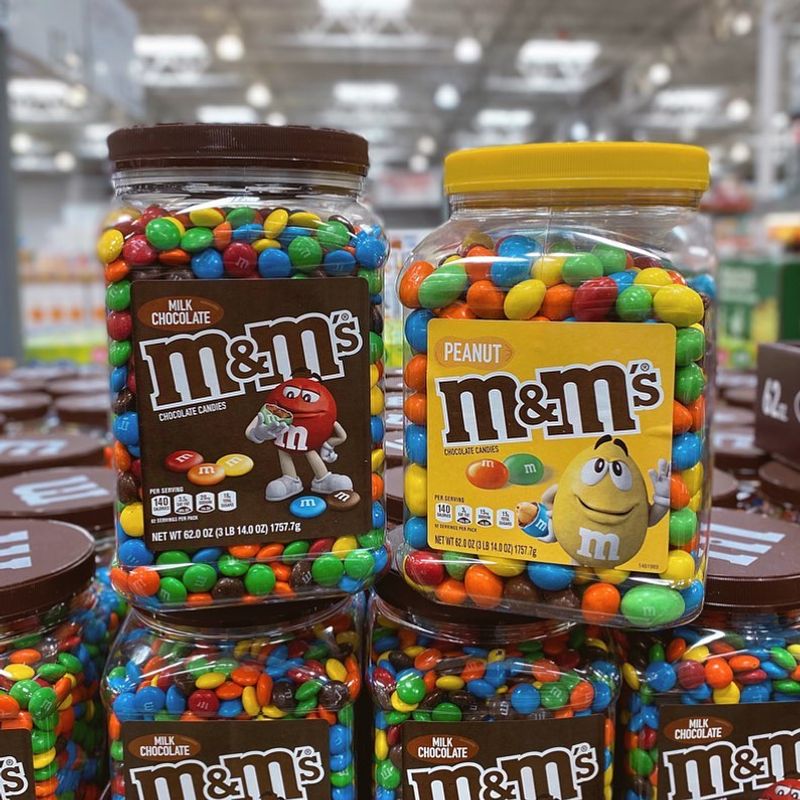
Forrest Mars Sr. spotted soldiers in Spain eating chocolate pellets coated in hard sugar shells during the Spanish Civil War. This inspired him to create M&M’s – chocolate that could withstand hot climates without melting in soldiers’ hands.
The U.S. military quickly adopted them for D-rations during WWII. Their practical design made them perfect for tropical deployments where regular chocolate bars would become messy puddles.
After the war, these colorful candies transitioned to civilian life, becoming one of America’s favorite treats while maintaining their original melt-resistant quality.
6. Canned Pudding
Military dietitians faced a challenge: how to provide dessert that wouldn’t spoil in battlefield conditions. Their solution was canned pudding – shelf-stable, ready-to-eat, and a major morale booster for homesick soldiers.
The wartime version was denser and less sweet than today’s varieties. It came in limited flavors but provided crucial calories and comfort in difficult conditions.
Post-war, companies refined the concept into products like Snack Packs and instant puddings. The convenience factor that made pudding practical for soldiers made it equally appealing to busy parents packing school lunches.
7. Energy Bars
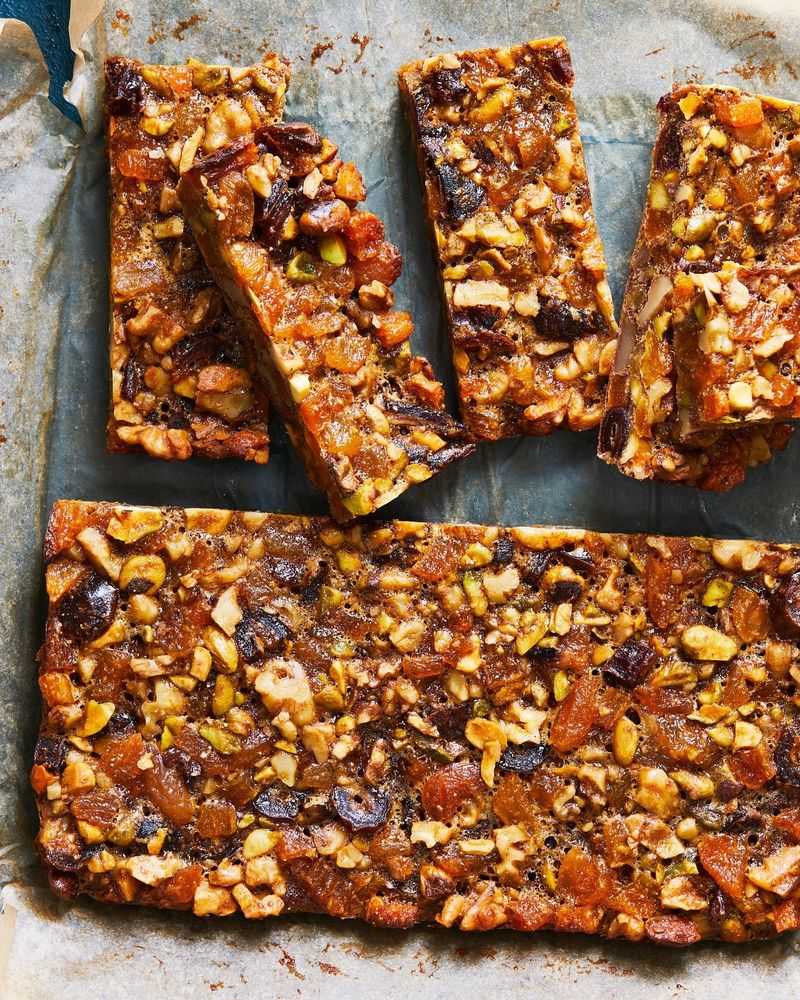
Soldiers called it “Hitler’s secret weapon against America” – not because it was effective, but because the D-Ration emergency chocolate bar was so unappetizing. Deliberately designed to taste “just a little better than a boiled potato,” it prevented troops from eating their emergency food except when truly necessary.
These dense, 600-calorie blocks could withstand extreme temperatures without melting. Soldiers were instructed to break off small pieces and let them dissolve slowly in their mouths.
This utilitarian approach evolved into today’s energy and protein bars, though modern versions prioritize taste alongside nutrition.
8. Ritz Crackers
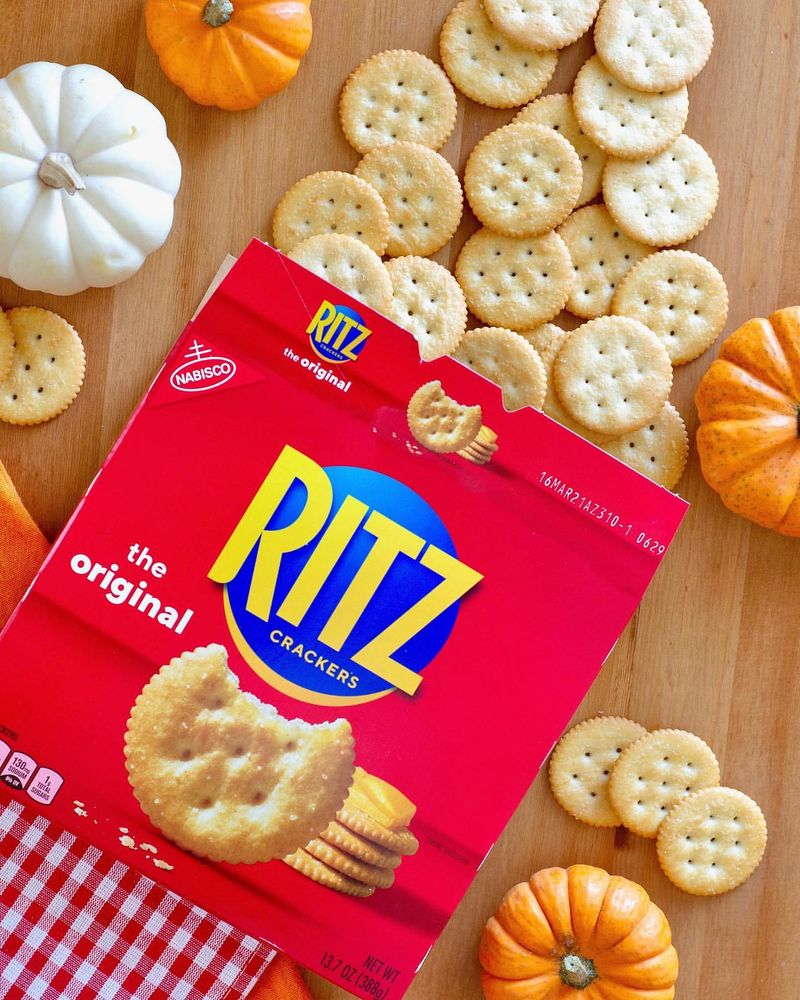
Homesick soldiers found unexpected comfort in the familiar round shape and buttery taste of Ritz crackers. Though introduced before the war in 1934, these crackers became military ration staples during WWII because they traveled well and boosted morale.
Their sturdy construction made them perfect for field conditions where other foods might crumble. Soldiers would spread them with ration cheese or peanut butter for a quick meal between battles.
Nabisco received numerous letters from grateful soldiers, cementing Ritz’s reputation as an American classic that continued to dominate peacetime markets long after the war ended.
9. Instant Coffee
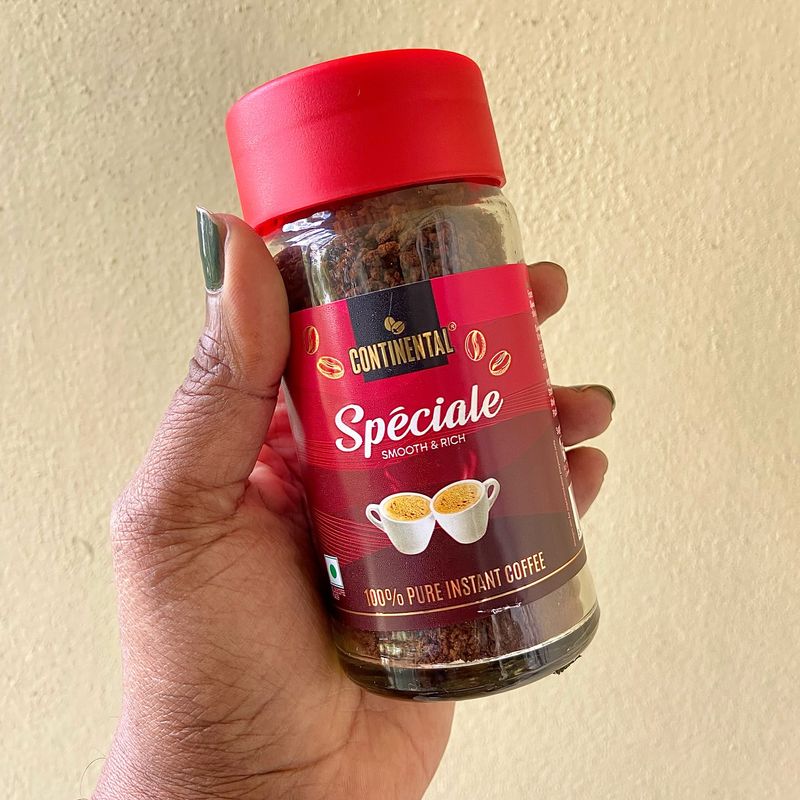
Before WWII, instant coffee existed but wasn’t particularly popular. Everything changed when the military needed to keep millions of soldiers alert without bulky brewing equipment. Nestlé refined their process, creating a better-tasting instant coffee specifically for military use.
Soldiers received 28 cups worth of instant coffee in every ration kit. The familiar ritual of preparing even this simplified version of coffee provided psychological comfort in chaotic war zones.
When veterans returned home, they brought their instant coffee habit with them, transforming American coffee consumption patterns and establishing brands like Nescafé as household names.
10. Fig Bars
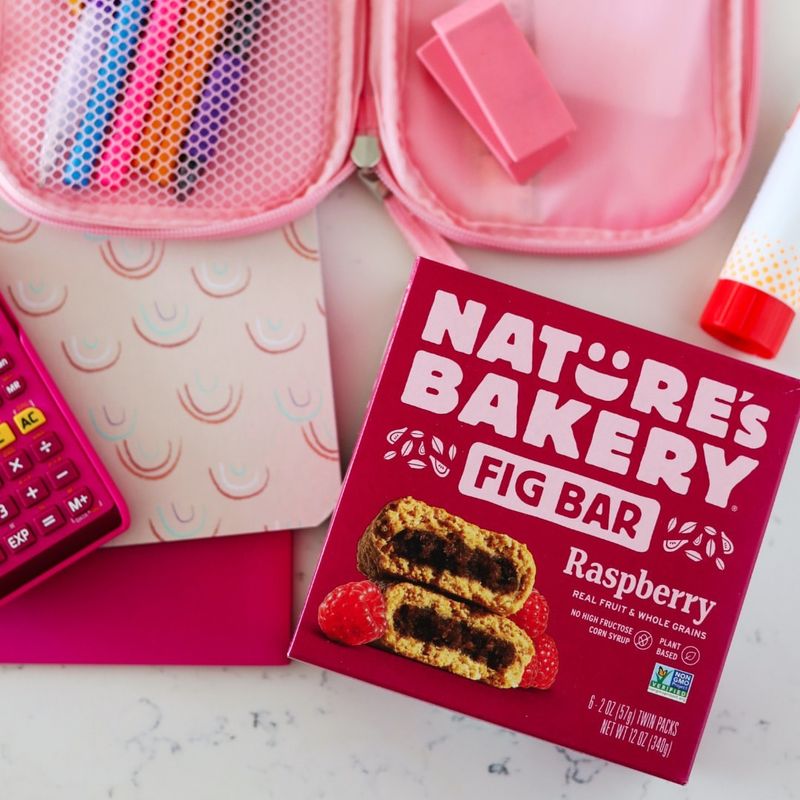
When military nutritionists sought shelf-stable fruit options for troops, they turned to fig bars. These dense, sweet squares provided essential nutrients while withstanding rough handling and extreme temperatures that would spoil fresh fruit.
Soldiers appreciated the familiar taste of figs, which reminded many of treats from home. The military version was firmer and less sweet than today’s Fig Newtons, prioritizing durability over taste.
After the war, returning veterans created steady demand for improved versions of these portable fruit snacks, leading to the softer, more flavorful fig bars that fill supermarket shelves today.

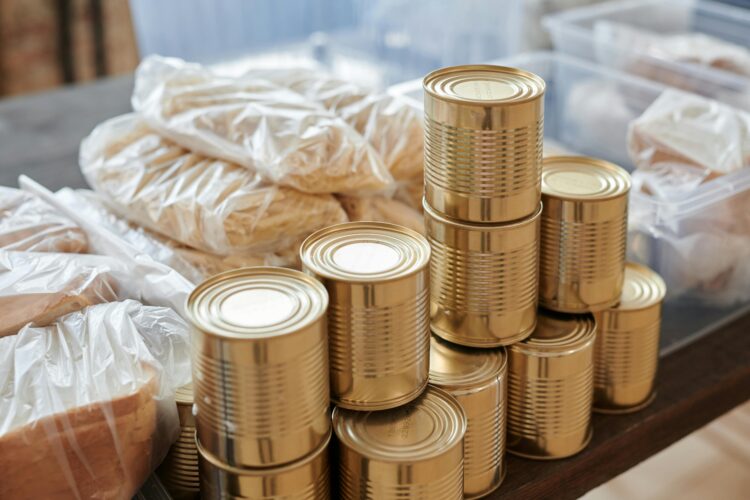
Comments
Loading…